

CarExpert.com.au
The CarExpert team's favourite cars of 2025
2 Days Ago

Senior Contributor
Hyundai has already lobbed a trio of hard-hitting N-branded sports cars this year: a thoroughly refreshed i30 Hatch N with a new DCT, the i20 N pocket rocket, and the Kona N performance crossover.
The final member of 2021’s N quartet is the origami-like creation you see here, the Hyundai i30 Sedan N, designed to offer an even edgier and sleek-looking counterpoint with a conventional boot.
As its wilder looks and different interior suggest, this isn’t ‘just’ a booted version of the hatch. It sits on a different architecture, has a longer wheelbase, a WRC-inspired Integrated Drive Axle, and Michelin tyres rather than Pirellis.
“We think i30 Sedan N steals all the best attributes from our other N models and combines them into one outstanding package,” claims Hyundai Australia.
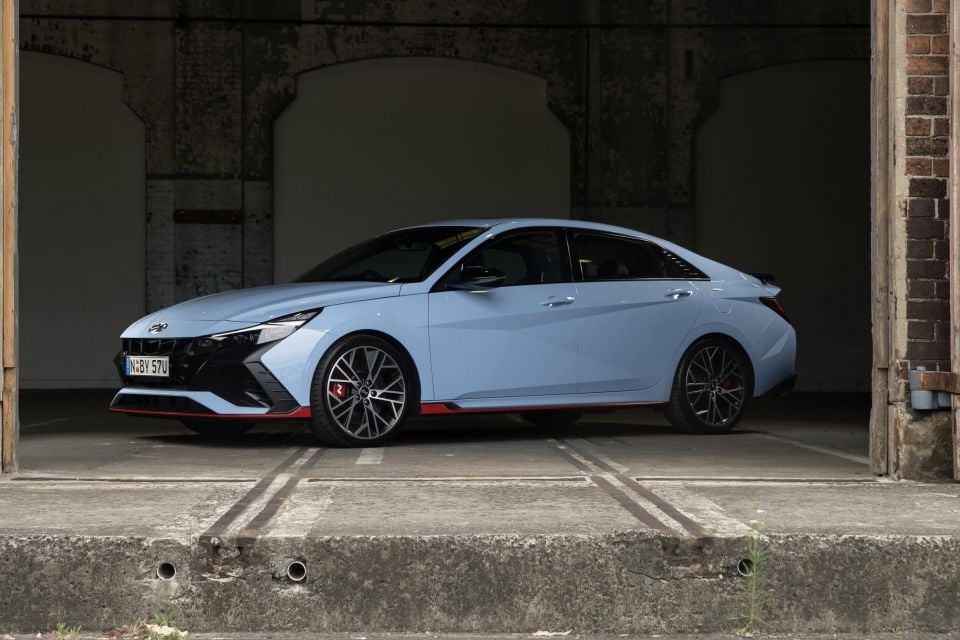
As with the hatch, the i30 Sedan N has a breathtaking array of configurations, with drivers able to mess with the parameters of the engine, suspension, stability control, front LSD, active exhaust valves, steering resistance, and DCT shift points.
Hyundai has kept it simple, with just the one N Premium spec variant available priced at $49,000 before on-road costs – with either the eight-speed DCT auto or six-speed manual.
That’s right, no extra cost for the DCT.
Metallic and mica paint is $495 more (the Performance Blue signature hue is a solid finish) and a sunroof adds $2000. That’s the sole option box you can tick.
By contrast the i30 Hatch N range costs between $44,500 and $52,000 before on-road costs, so it lines up neatly with its more understated sibling.

The 2.0-litre turbocharged four-cylinder engine is familiar from the i30 Hatch N, with the same power and torque upgrades as that model received at update time – inclusive of an enhanced turbo and stronger block.
Outputs are 206kW of power at 5500 to 6000rpm and torque is rated at 392Nm between 2100 and 4700rpm.
The powertrain here, despite its familiar outputs, sports its own unique high-flow intake airbox (roomier engine bay than the hatch).
Drive is sent to the front via an eight-speed DCT (wet clutch) auto with paddles or six-speed manual with three pedals. Torque is tamed by an electromechanical limited slip diff, with two operating modes or degrees of intervention.
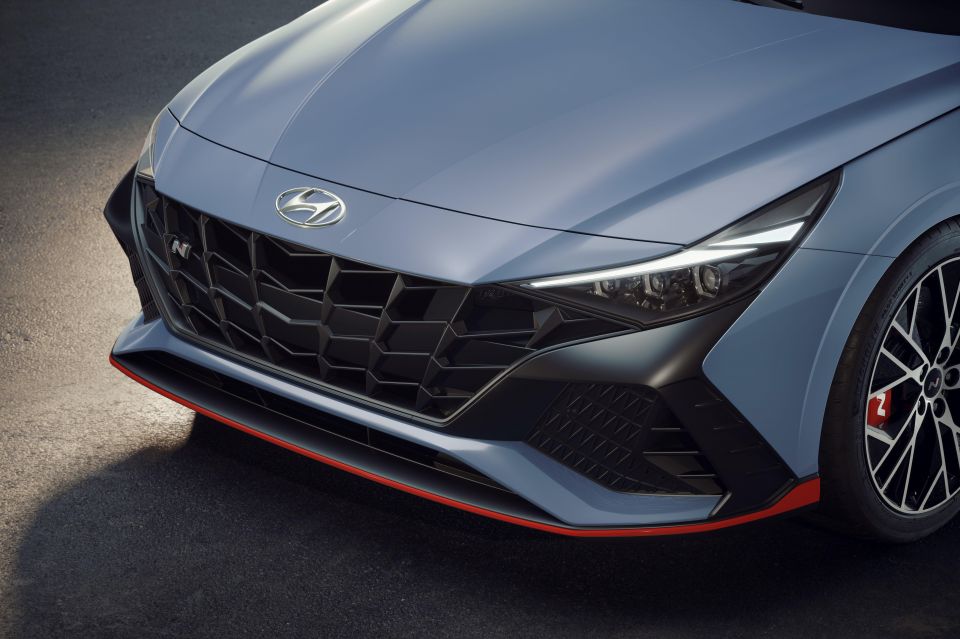
As with the hatch, the variable-valve exhaust makes more or less noise depending on the driving mode selected. There are three settings and the full-fat N Mode is designed to bring a “WRC-inspired” soundtrack.
The DCT brings various performance functions not available in the manual, the headline act being the N Grin Shift button which releases maximum power and an ultra-aggressive shift pattern for 20 seconds.
All up, the i30 N in sedan form is one-tenth quicker to 100km/h than the hatch, at 5.3 seconds (DCT) or 5.8 seconds (manual). At 1480kg it’s also billed as being 61kg lighter.
Claimed fuel use is 8.2 litres per 100km with either transmission – 0.3L/100km superior to the hatch.
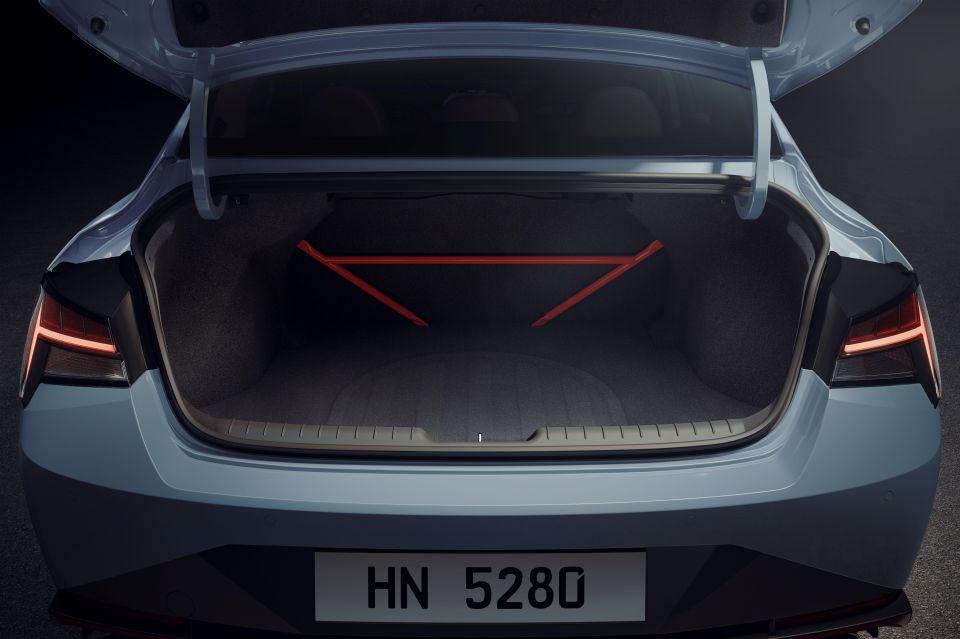
The i30 Sedan measures 4675mm long, 1430mm tall and 1825mm wide.
One feature in the Sedan and not the Hatch is its more rigid Integrated Drive Axle, billed as a flow-on from Hyundai’s factory WRC team. It is said to reduce the part count and cut unsprung mass per corner.
The i30 Sedan N also has an Australian-tuned suspension setup (including adaptive dampers) like the hatchback version.
The tyres are Michelin Pilot Sport 4S rather than the five-door’s Pirelli P Zeros. The 19-inch wheels are said to have more stiffness that preceding N models.
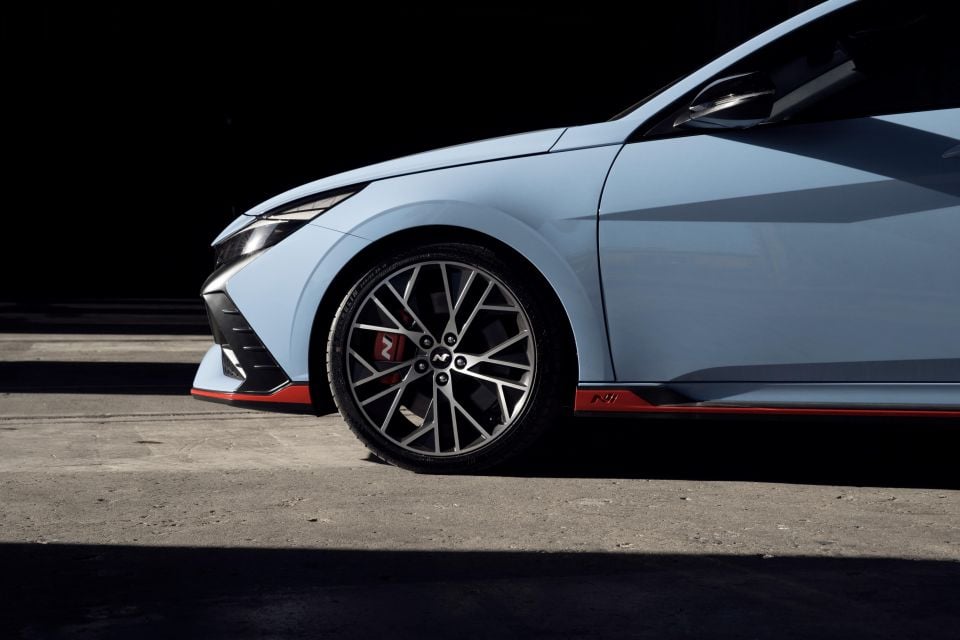
The brake package is familiar, led by 360mm front rotors clamped by red calipers (55mm larger in diameter than the non-hotted-up i30 sedan). A new ‘Brake Prefill’ function primes the brakes as you release the accelerator pedal.
Air guides on the front lower control arms feed air to the front brakes, contributing to what Hyundai calls “i30 Sedan N’s ability to withstand hard track driving while maintaining powerful, fade-free braking”.
While at the track, drivers can disable the brake override function by turning ESC off in N mode, which makes left foot braking possible by allowing simultaneous brake and accelerator operation.
Like every N model, this car is fitted with a manual hand brake.
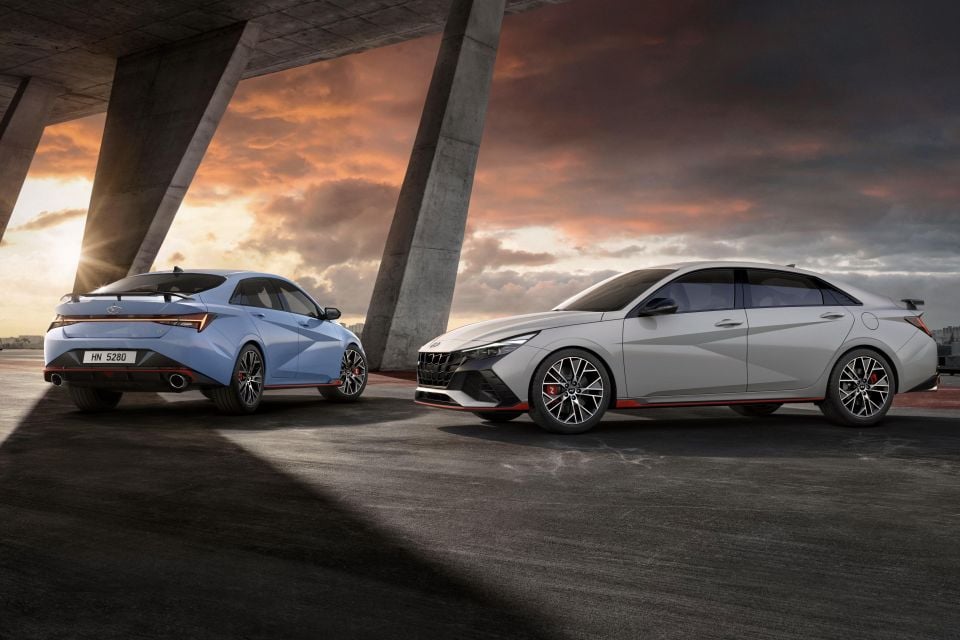
Compared to the lesser variants, Hyundai has also gone to the trouble of adding body and chassis reinforcement, citing a 29 per cent enhancement in torsional rigidity over the donor car.
“This is the car we’ve done the least local tuning for. Out of the box it suited our roads extremely well – it only needed some minor tweaks really to make it sparkle,” claims Hyundai Australia’s product planning and development manager Tim Rodgers.
HMCA says its local program focused on the Sport and Normal roads, with the N track mode universal across all markets.
“Going into this program we knew i30 Sedan N was going to be the quickest and most capable N we’ve ever had, with the new chassis platform and wider Michelin tyres,” said Mr Rodgers.
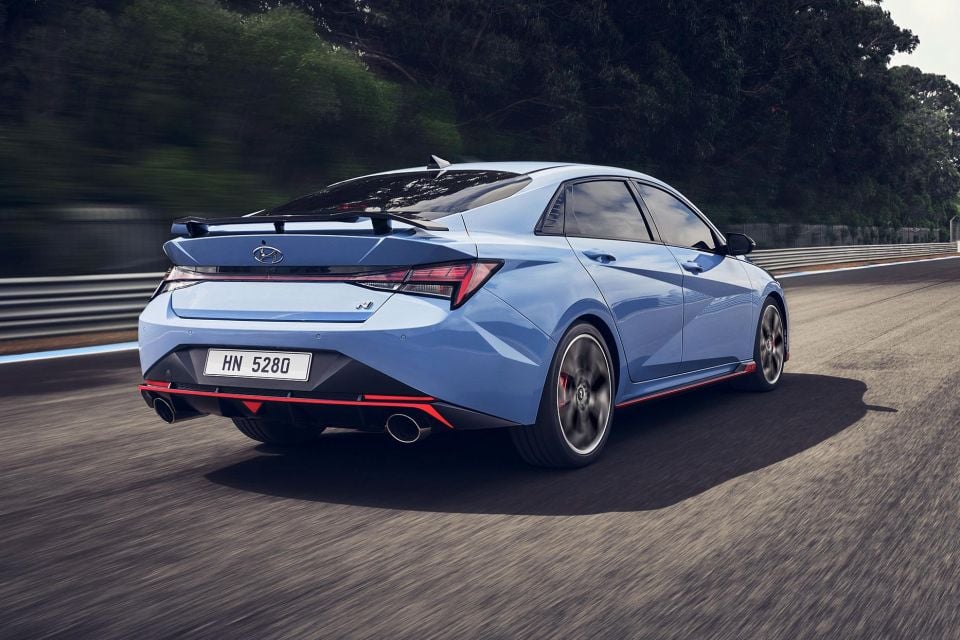
“The CN7 architecture features the latest generation small car platform with significant differences over the hatch, such as the wheelbase (70mm longer), geometry, and new technology like the Integrated Drive Axle (IDA).
“The reduced unsprung mass of the IDA delivers significant advantages via the 1.7 kilograms weight saving at each corner – while being more rigid and more compact – helping to improve the car’s ride and handling.
“It was a case of leveraging all the new technology and the maturity of the other tech to create something that lives up to i30 Sedan N’s positioning as the ultimate N.”
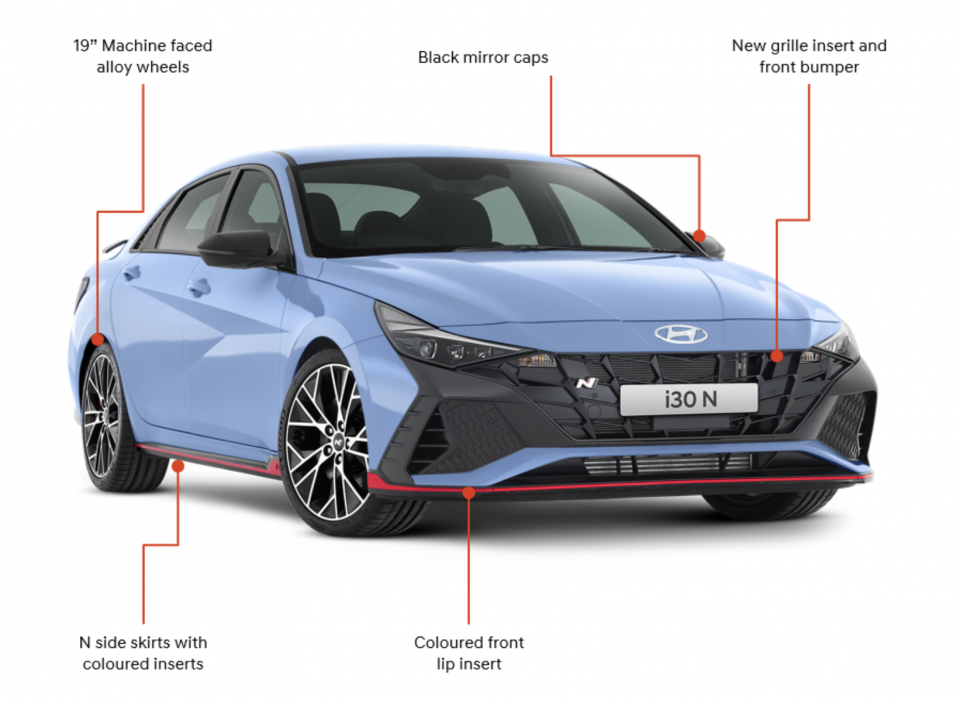
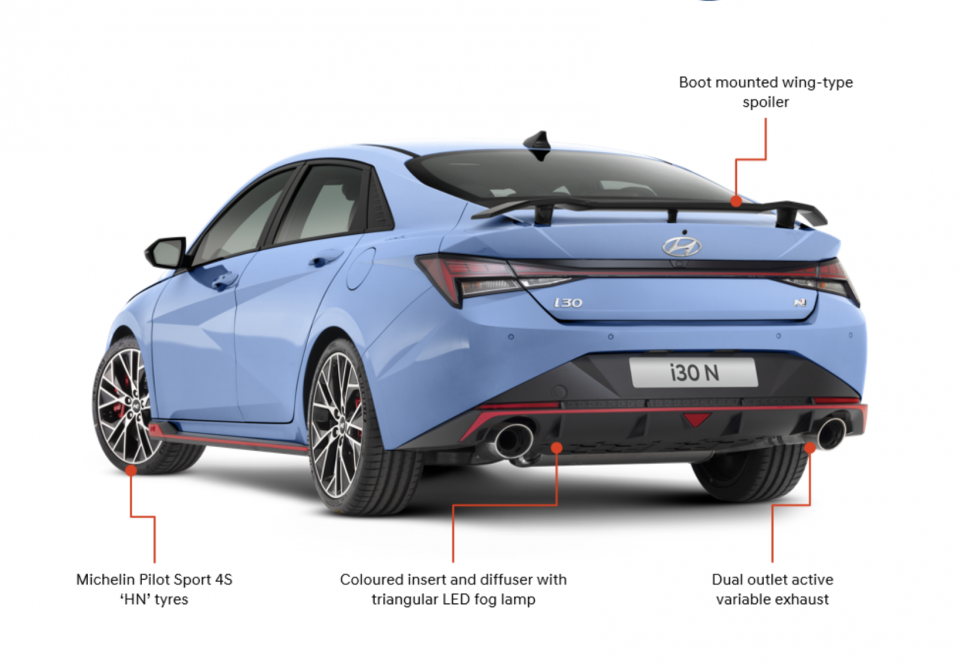
Hyundai provides a five-year unlimited distance warranty (with allowance for track driving) while services at intervals of 12 months or 10,000km are caped at $335 a pop over the first five visits.
Active safety features include:
The i30 Sedan has yet to be tested by ANCAP. As it isn’t sold in Europe, there’s no Euro NCAP rating to use as a reference either.
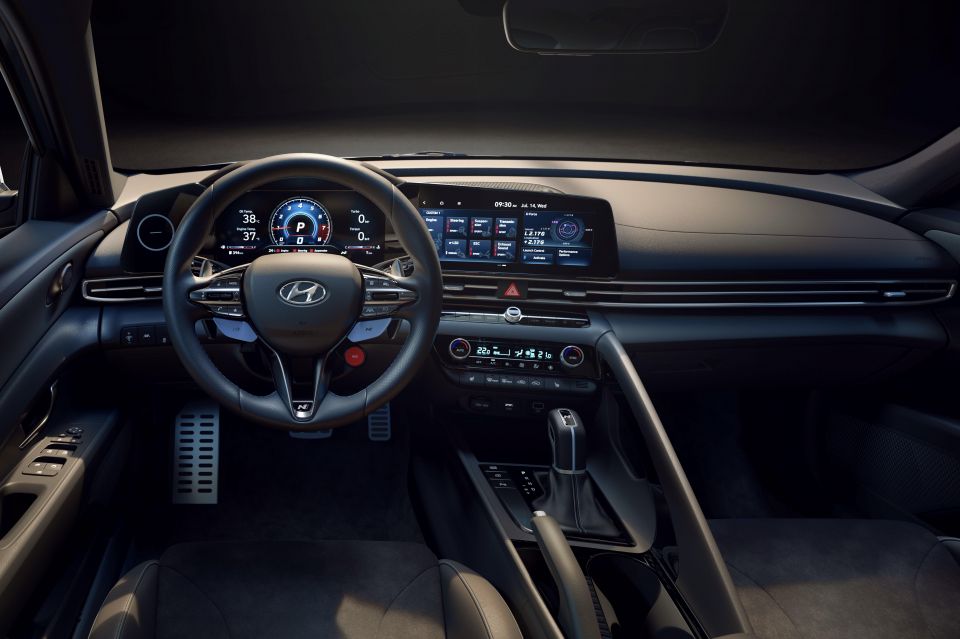
Standard features on the outside of the car include:
Standard features on the inside of the car include:

Track Maps
A circuit widget can be loaded onto the N mode pages in the touchscreen, which will alert you when you’re near a compatible circuit. With your track layout selected, i30 N lets you run an automatic lap timer triggered when you cross the start/finish line.
At launch, the car will feature Wakefield Park Raceway and Sydney Motorsport Park in numerous layouts supporting the two separate start/finish lines). “A host of major circuits around Australia” are planned for roll-out as part of a mid-2022 map software update, which users will be able to download and install themselves.
MORE: Everything Hyundai i30
Where expert car reviews meet expert car buying – CarExpert gives you trusted advice, personalised service and real savings on your next new car.


CarExpert.com.au
2 Days Ago


Max Davies
3 Days Ago


Damion Smy
4 Days Ago


Max Davies
4 Days Ago


Max Davies
6 Days Ago


Damion Smy
7 Days Ago